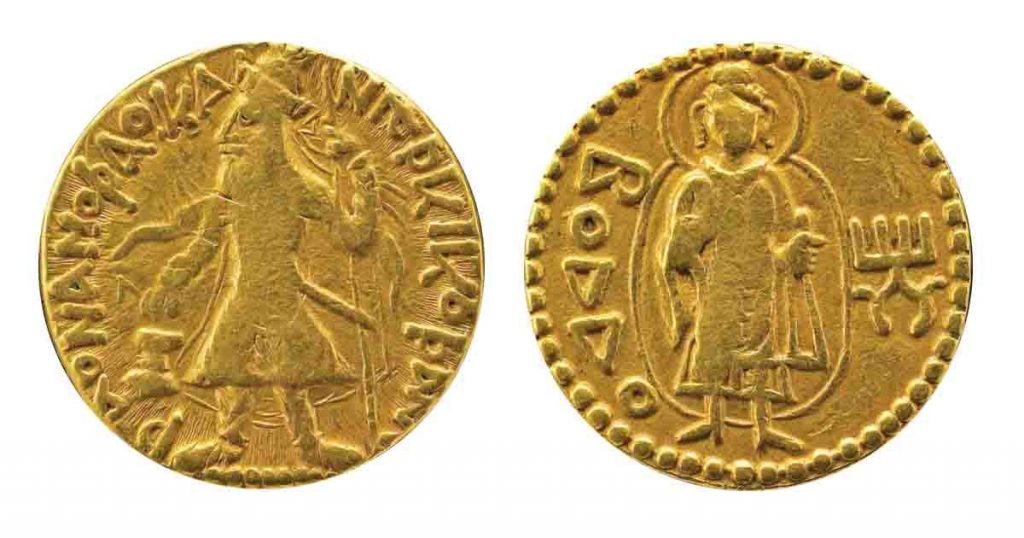At present, ‘money’ has become an indispensable thing for everyone. More simply, money can be called the medium of exchange of goods and services. When tracing the history of these currencies, it appears that it runs as far back as the beginning of human civilization. Also, it can be recognized that different interpretations were given for the money from time to time.
At the beginning of civilization, man used to exchange his surplus materials with others to get what he needed. Thus, the exchange of a product for a product was called the ‘barter’ system, and historians say that the need arose to use a common medium to overcome the weaknesses in the exchange of goods.
After that, instead of exchanging things like grains and minerals, man has turned to using a medium that can be easily measured. Accordingly, cattle and goats were used as money in the 10th century BC. Along with the development of agriculture, in the 8th century BC, grains were used as money in Mesopotamia. But during this time, other countries that were not rich in agricultural products started using various tokens that can be said to be similar to coins. Thus the purpose of using tokens is to remember the goods exchanged.
By the 7th century BC, the civilizations that developed around Western and Central Asia had begun to use pieces of metal such as gold, copper, and tin as a medium of exchange. The system developed rapidly and by the 3rd century BC, Egypt and Mesopotamia were moving towards the use of properly sized gold bars. But the undeveloped societies in East Asia and Africa have already been using materials such as stone pieces, beads, animal skins as their common means of exchange.
Historians believe that the first coin was introduced to the world by the ancient kingdom of Lydia (in present-day Turkey). They produced coins using electrum, a mixture of gold and silver in the ratio of 4:1. Coins of the past, which were not round like the coins seen today, were often irregular in shape and size. But the ancient Lydian coins of the same weight can even be seen inscribed with the names of their kings in ancient Lydian characters.
In this way, the unique unit called ‘money’, which has been circulating for thousands of years, has now become the main factor that determines the economic progress and development of a country. Although currency is known in two parts namely notes and coins, here we are specifically referring to coins. Hundreds of thousands of coins made of different metals can be seen in every country of the world today.
Information regarding the use of money in ancient Sri Lanka can be found in historical, religious, cultural and archeological sources, but when and where exactly it began is uncertain. Also, it is believed that the influence of Indian traders has been widely applied regarding the old currency of this country.
The oldest information related to the use of money in this country can be seen in an inscription at Mampita Vihara in Kegalle district. It is believed that the words Kahapana and Karshapana in the inscription, which is believed to belong to the 3rd century, may have been the types of money that were in use at that time. Also, in the Sinhala Bodhiwansa written by Wilgammula Thero, it is also mentioned in connection with a currency unit that was used as ‘Karshapana’. Then, under various kings and colonial periods, the coins of Sri Lanka have been circulated and transformed into what they are today.
In almost all countries of the world including Sri Lanka, coins printed with the image of various famous people have been used since the past until today. In our country, such coins were issued on several occasions and now it can be seen that they have gone out of use. There are also occasions when the Central Bank issues a limited number of such coins on the occasion of a special celebration or anniversary. In some cases, we have seen throughout history how those coins were released for the use of the common people.
Coins printed with portraits of kings, queens, presidents, military leaders, etc. can be found in almost every country in the world. But a coin depicting the image of Lord Buddha was issued for the first time in AD. 78 – 144 AD during the reign of King Kanishka. Around the image of the Buddha is written as ‘Boddo’ (BOΔΔO) in Greek letters and even archaeologists agree that it is definitely the image of the Buddha.
The image of King Kanishka is engraved on the other side of the coin. The king is shown in a side view (as if he is turning his side). Crowned king in royal robes, holding sword in left hand. Around the king with a thick beard is the inscription ‘Shaona Oshao Kaneski Koshano’ in Greek letters. It is said that Raja Raja Kushan was Kanishka according to archaism.
Source the internet…
Compiled by Chanaka Liyanage
